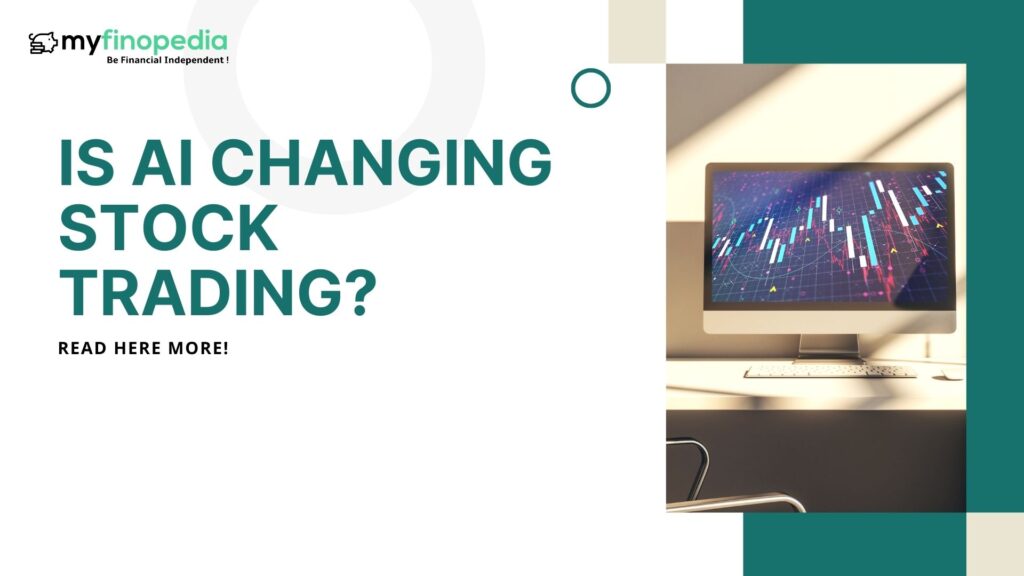It’s true that AI is drastically changing the stock market in a variety of ways. The use of AI algorithms for data analysis and decision-making processes is one important influence. Financial reports, market movements, news stories, and social media sentiment are among the large volumes of data that exist, By processing these algorithms quickly, traders can discover potential investment opportunities and make wise selections.
By using machine learning approaches, artificial intelligence (AI) systems can continuously improve their predicting skills by learning from prior data.
Because of this, traders are able to create complex trading strategies based on patterns and trends that human analysts would miss. AI-powered trading systems may also execute deals quickly and accurately, giving traders the ability to take advantage of short-lived market opportunities and reduce risk.
Algorithmic trading is another area where artificial intelligence is transforming the stock trading industry. Trades can be automatically executed by AI algorithms depending on pre-established parameters, such as changes in volume, price, or technical indicators.
These algorithms may run around-the-clock, responding instantly to changes in the market and accurately completing deals in a matter of milliseconds.
Additionally, natural language processing (NLP) is becoming a more sophisticated approach used by AI-driven trading algorithms to analyze qualitative data sources including news articles, earnings calls, and social media posts. AI may identify market-moving events and sentiments by gleaning insights from unstructured data, giving traders a thorough picture of market dynamics.
Furthermore, by making it possible to assess risks and mitigate them more accurately, AI is changing the way that risk is managed in stock trading. In order to detect possible dangers and modify trading tactics appropriately, AI algorithms can examine macroeconomic data, portfolio positions, and market volatility.
All things considered, AI is transforming the stock trading industry by strengthening decision-making procedures, increasing trading effectiveness, and opening the door to more complex risk management techniques.






